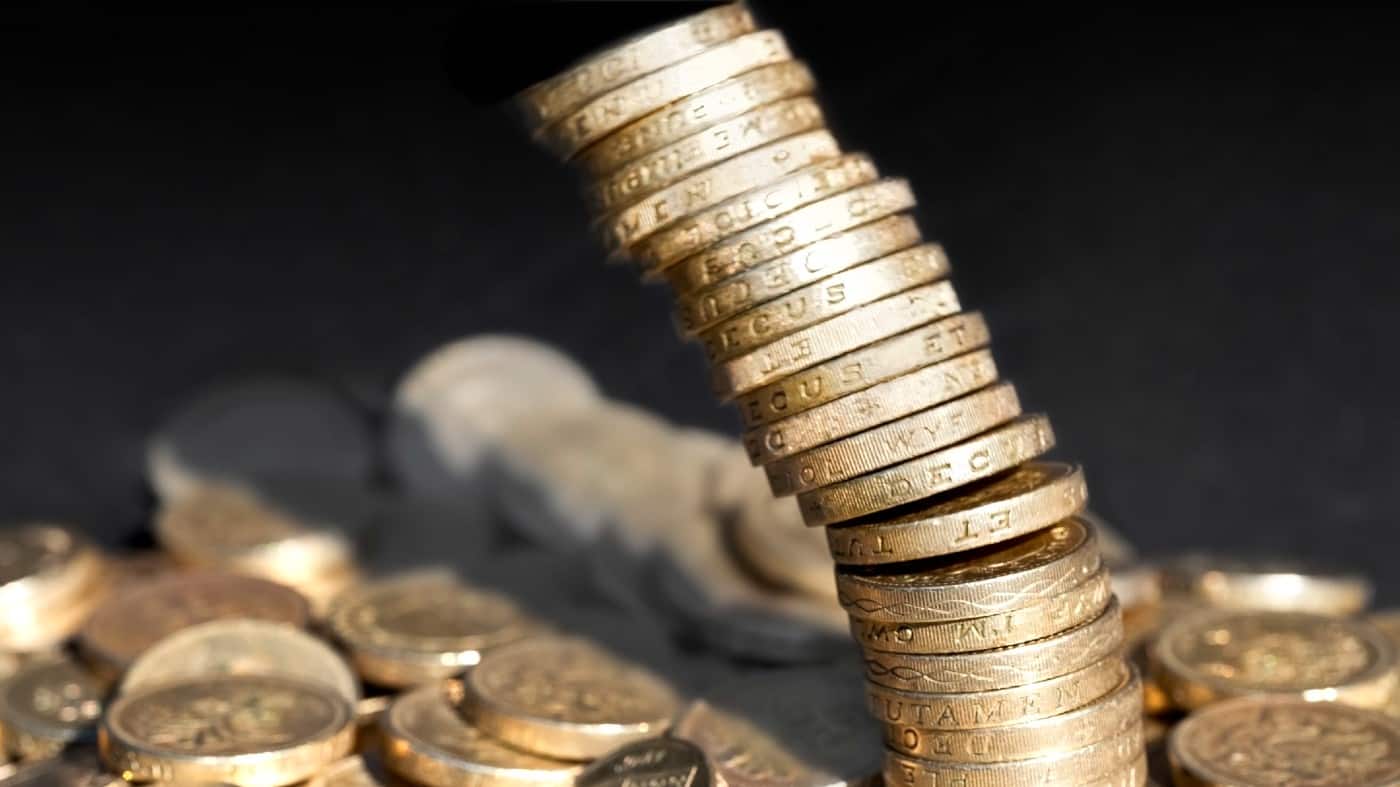If I had to invest a lump sum with a goal of generating £1,000 a month in passive income, I would not buy the market’s highest-yielding stocks.
Some investors might think this approach sounds strange. Many market participants would buy the highest yielding stocks on the market to achieve the highest rate of return possible. I think this approach is misguided.
Occasionally, high-yield stocks support a market-beating yield because the market does not believe the payout is sustainable. In my opinion, there is no point in buying a stock that yields 8%, for example, only for the company to cut the distribution next year. It is often the case that after a dividend cut, investors sell the shares, which can lead to significant capital losses.
Passive income stocks: our picks
Do you like the idea of dividend income?
The prospect of investing in a company just once, then sitting back and watching as it potentially pays a dividend out over and over?
If you’re excited by the thought of regular passive income payments, as well as the potential for significant growth on your initial investment…
Then we think you’ll want to see this report inside Motley Fool Share Advisor — ‘5 Essential Stocks For Passive Income Seekers’.
What’s more, today we’re giving away one of these stock picks, absolutely free!
To put it another way, I think investors often end up chasing yield only to end up with capital losses.
If I had to build a portfolio to generate £1,000 a month in passive income, I would acquire stocks with both low and high dividend yields.
Passive income portfolio
The stock market currently supports an average dividend yield of around 3%. I think I can earn a bit more than this by acquiring a diverse portfolio of income stocks.
My yield target is around 4%. Based on this target, I estimate I will need a nest egg of £300,000 to generate a passive income of £1,000 a month.
I think this is possible even when combining lower yield assets, such as the drinks giant Diageo, which currently offers a dividend yield of around 2%, with higher yielding assets. I would be happy to acquire this consumer goods company for my portfolio.
When it comes to finding high yielding assets, I will focus on companies with sustainable dividend payouts. I will be looking for corporations that generate lots of cash and that can afford to return large amounts to investors.
Two companies that I would buy are Direct Line and BHP. The former is one of the largest insurance organisations in the UK. The latter is the world’s largest miner. Both have unique competitive advantages and strong balance sheets. This means they can return significant amounts of cash to investors.
The stocks currently support a dividend yield of around 8%. However, as mentioned above, this dividend could be cut at a moment’s notice, so I will not be taking it for granted.
Income and growth
I would also acquire the self-storage group Big Yellow for my passive income portfolio. With a dividend yield of 2% at the time of writing, the company is hardly a dividend champion. Nevertheless, it has grown rapidly over the past decade, using profits from operations to expand its footprint.
As its footprint has expanded, the company has been able to increase its dividend to shareholders. These are the sort of qualities I am looking for in a sustainable dividend investment.
Still, past performance should never be used as a guide to future potential. Just because the corporation has been able to grow earnings and its dividend in the past does not mean that it will continue to do so.
When combined, the four companies outlined above could provide an average dividend yield for my portfolio of 5%. This is above my target, offering flexibility for the rest of the portfolio.








